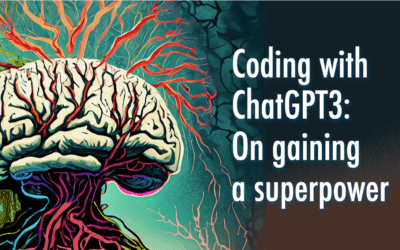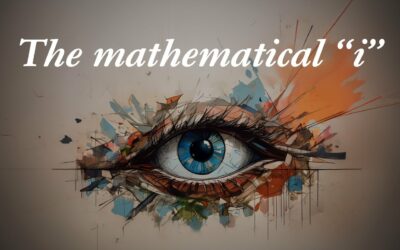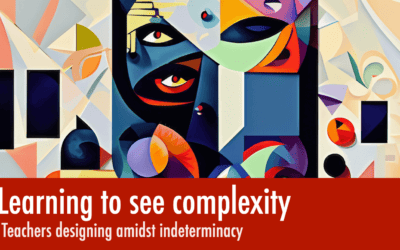The field of educational technology is littered by attempts to replace the teacher by creating some kind of a technological learning system that would make the teacher redundant. All such attempts have failed. This has, however, not prevented people from trying.
This is particularly true in India, where teacher recruitment, retention and most importantly quality are immense challenges. In such a context the idea that computers can replace teachers is quite attractive. For instance, the Azim Premji Foundation spent millions of rupees in developing curricular multimedia CDs that were distributed directly to students, sidestepping the teacher altogether. Their own research shows that this tactic did not work.
Now, for someone like me, who values what teachers bring to the table, this result may not be much of a surprise. It is interesting though to find that there really isn’t much research to support my position. Such research is difficult to do – and comparisons are hard to experimentally control and study. This is why I perked up when I saw an article in the latest edition of the journal Educational Technology Research & Development.
This paper (complete citation below) reports a study that compared students learning complex scientific topics either by regulating their learning by themselves or under the guidance of a human tutor. As the paper says
learners in the ERL condition regulated their learning by activating prior knowledge, engaging in several monitoring activities, deploying several effective strategies, and engaging in adaptive help-seeking. By contrast, learners in the SRL condition used ineffective strategies and engaged in fewer monitoring activities.
What makes this finding even more interesting is that the human tutors were constrained in multiple ways from behaving like true teachers. They had to use a “tutoring script” in which they were explicitly “instructed to avoid providing the student
with content knowledge extraneous to the information in the hypermedia environment.” This was done in order to maintain experimental control between the two conditions – something that methodological sense, but does not make any kind of “real-world” sense. I wonder how different the results would have been if the tutors has NOT been constrained and made to act like computers!
Again this is not a criticism of the research study. The study is well designed within the parameters of an experimental research study. The lesson I take from it though, is that even the best designed hypermedia system does not perform as well as a strongly constrained teacher, and that is an important lesson indeed. Which is why, I guess, William James said that psychology is a science and teaching is an art!
Complete reference:
Azevedo, R., Moos, D. C., Greene, J. A., Winters, F. I. & Cromley, J. G. (2008). Why is externally-facilitated regulated learning more effective than self-regulated learning with hypermedia? Education Tech Research Dev 56:45–72.






AI is always the best for end user. but, to find the best material in teaching is a challenge..the system should be dynamic with learning ability